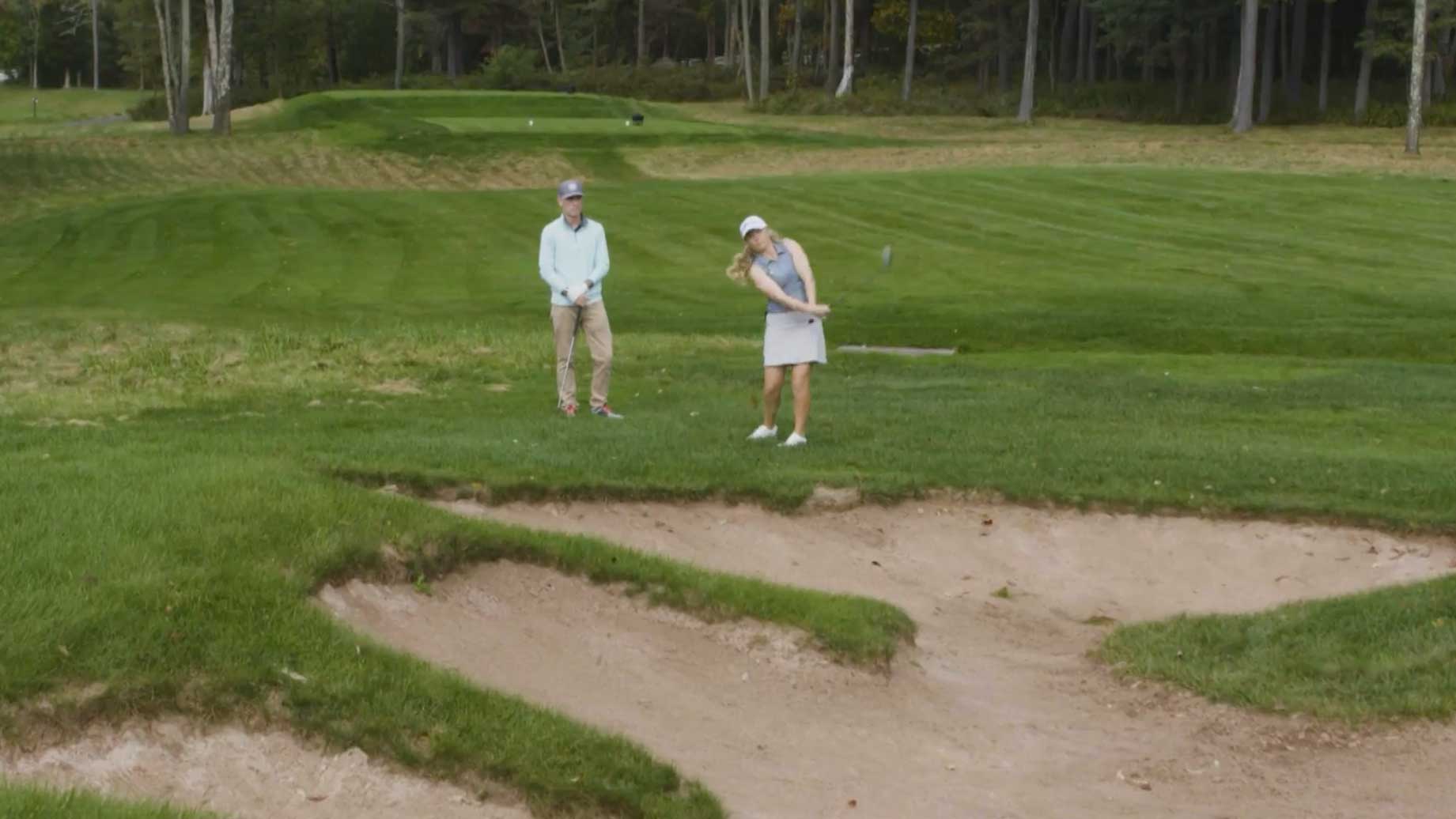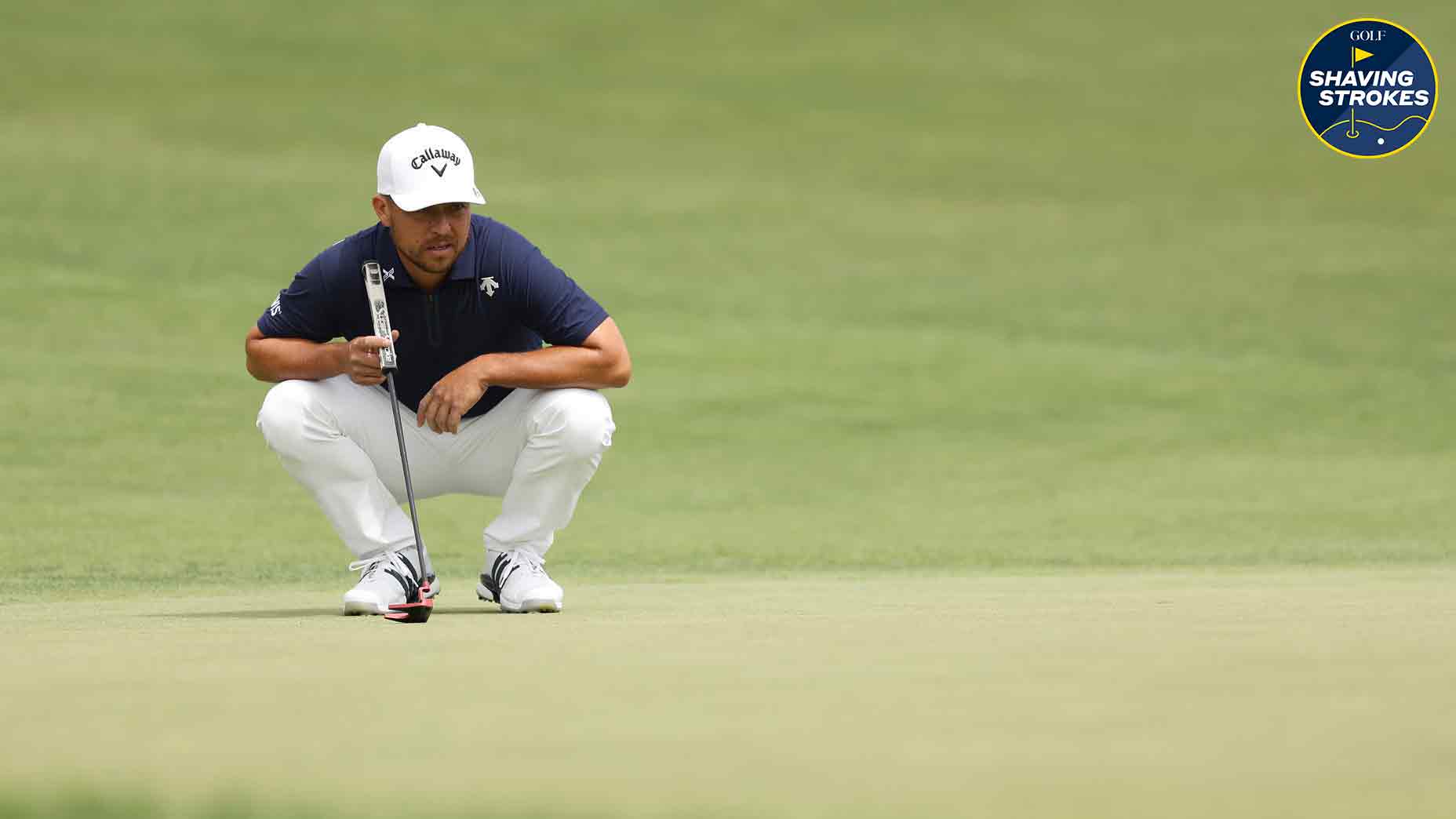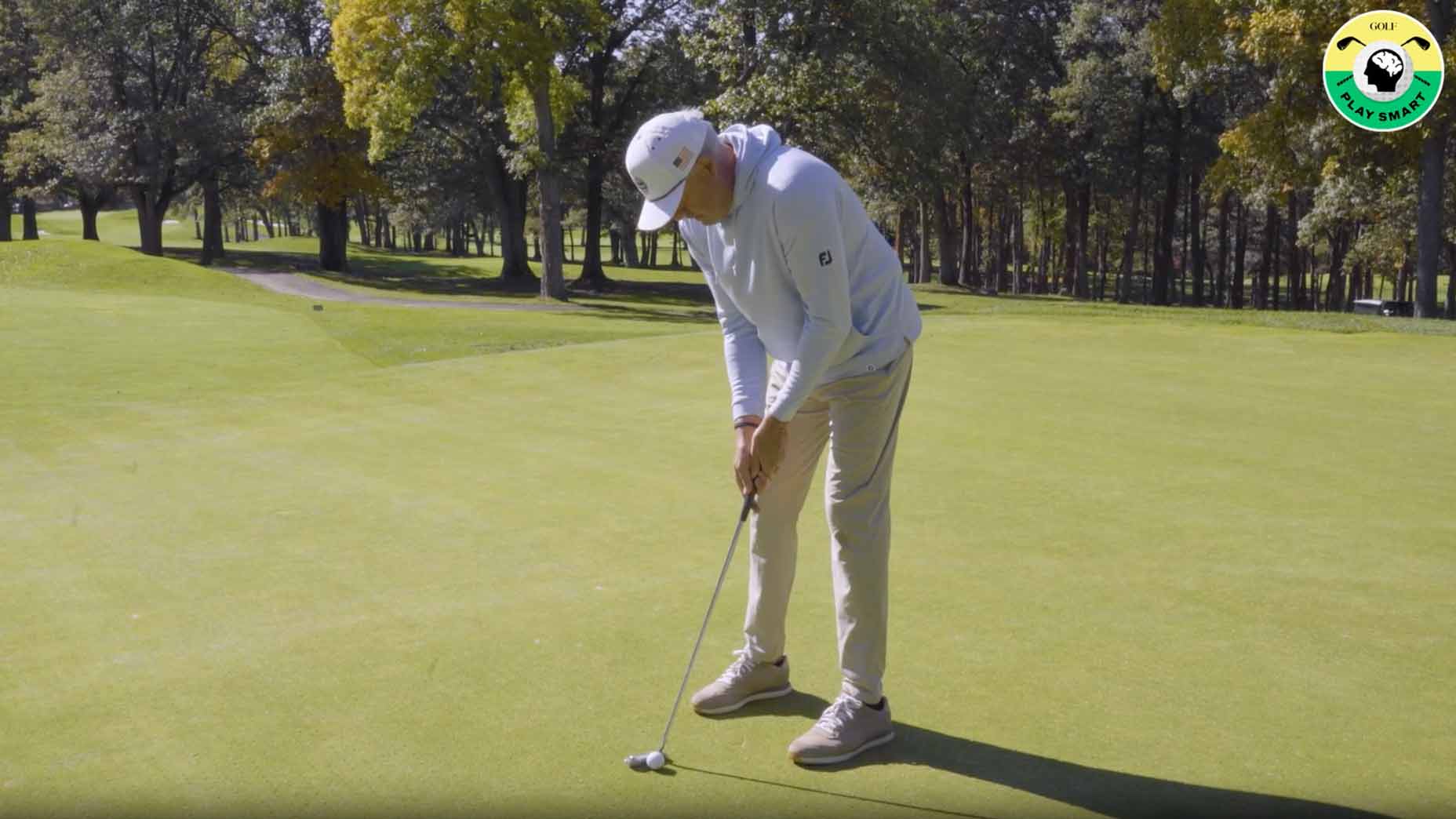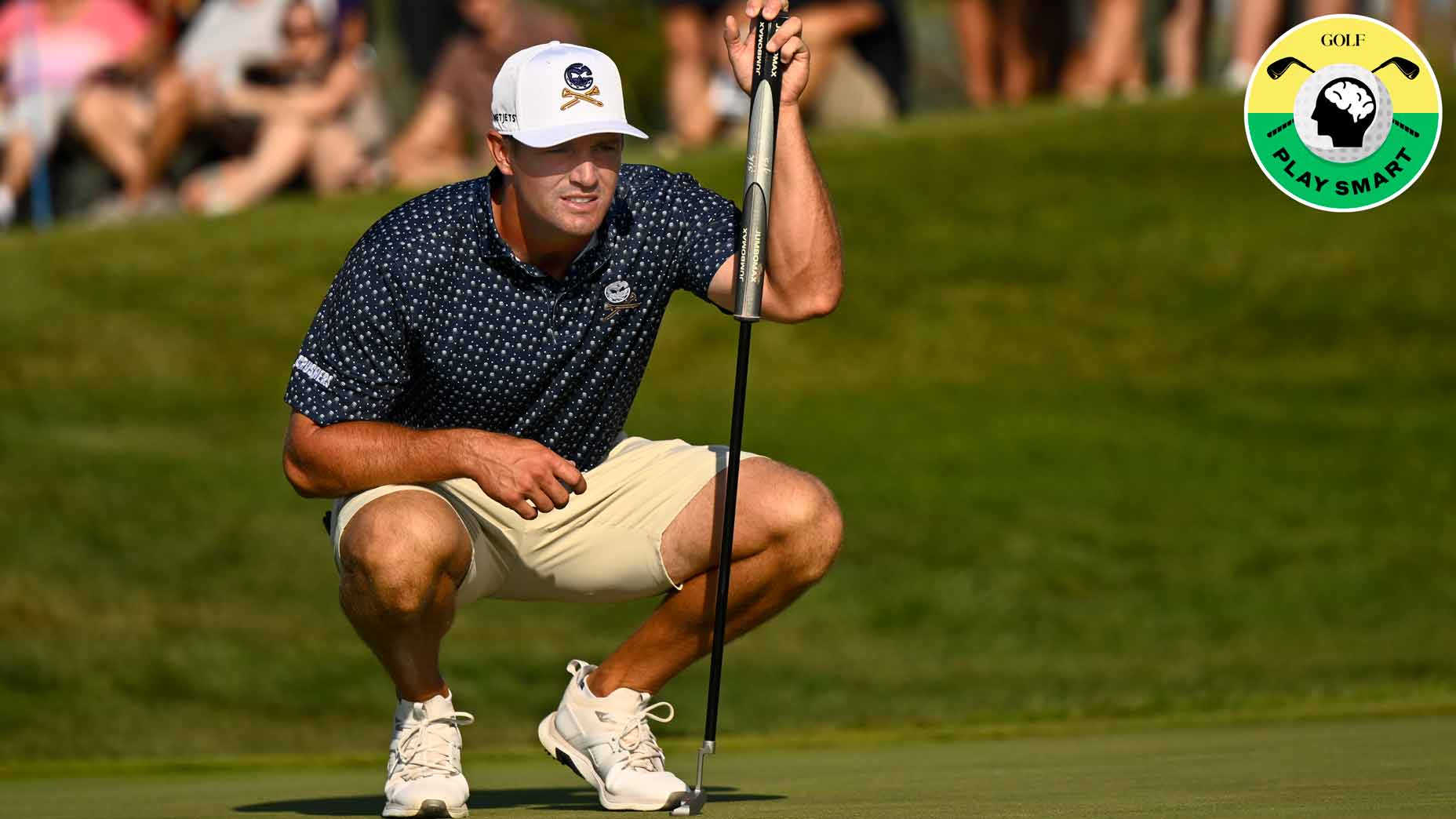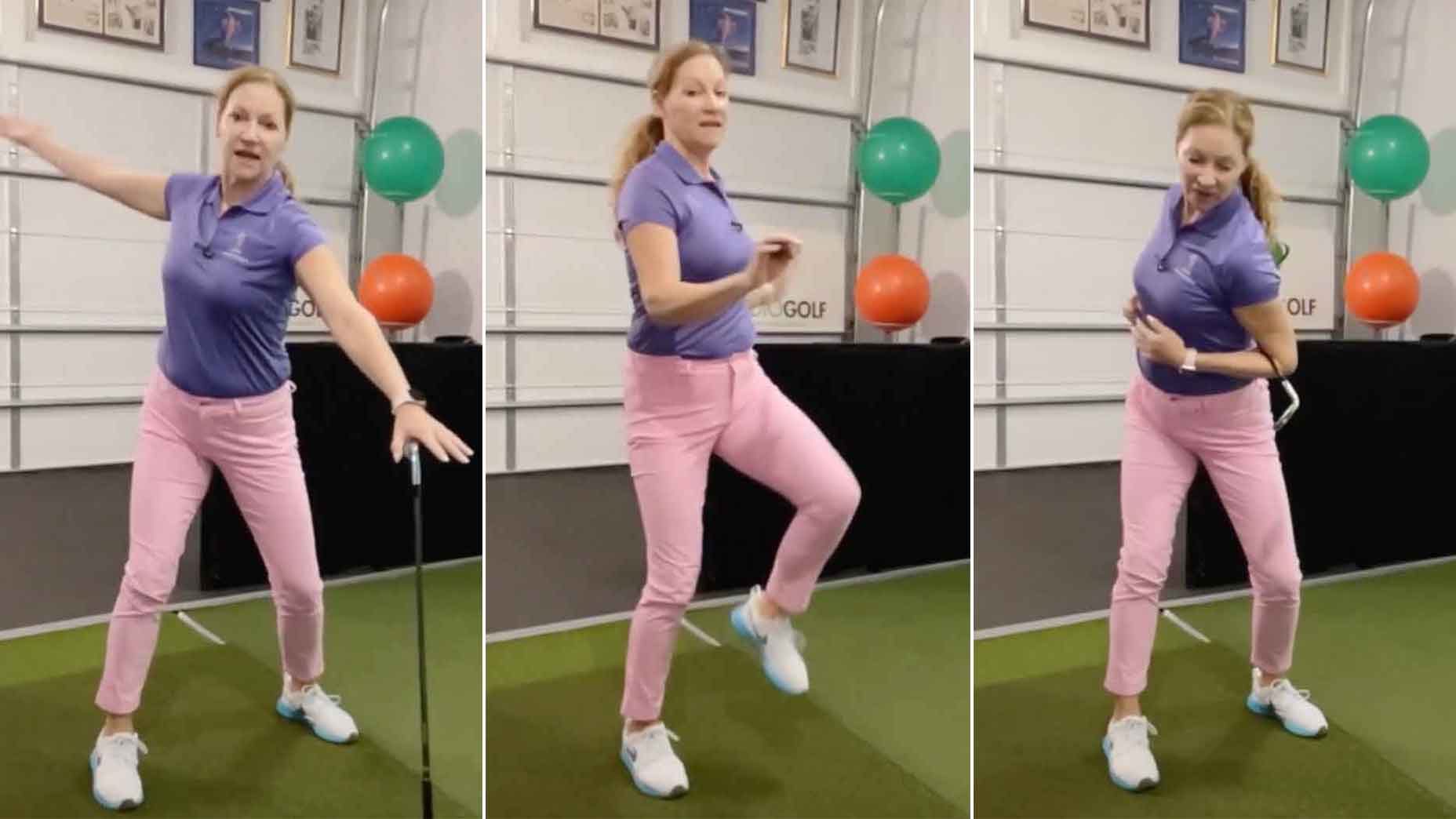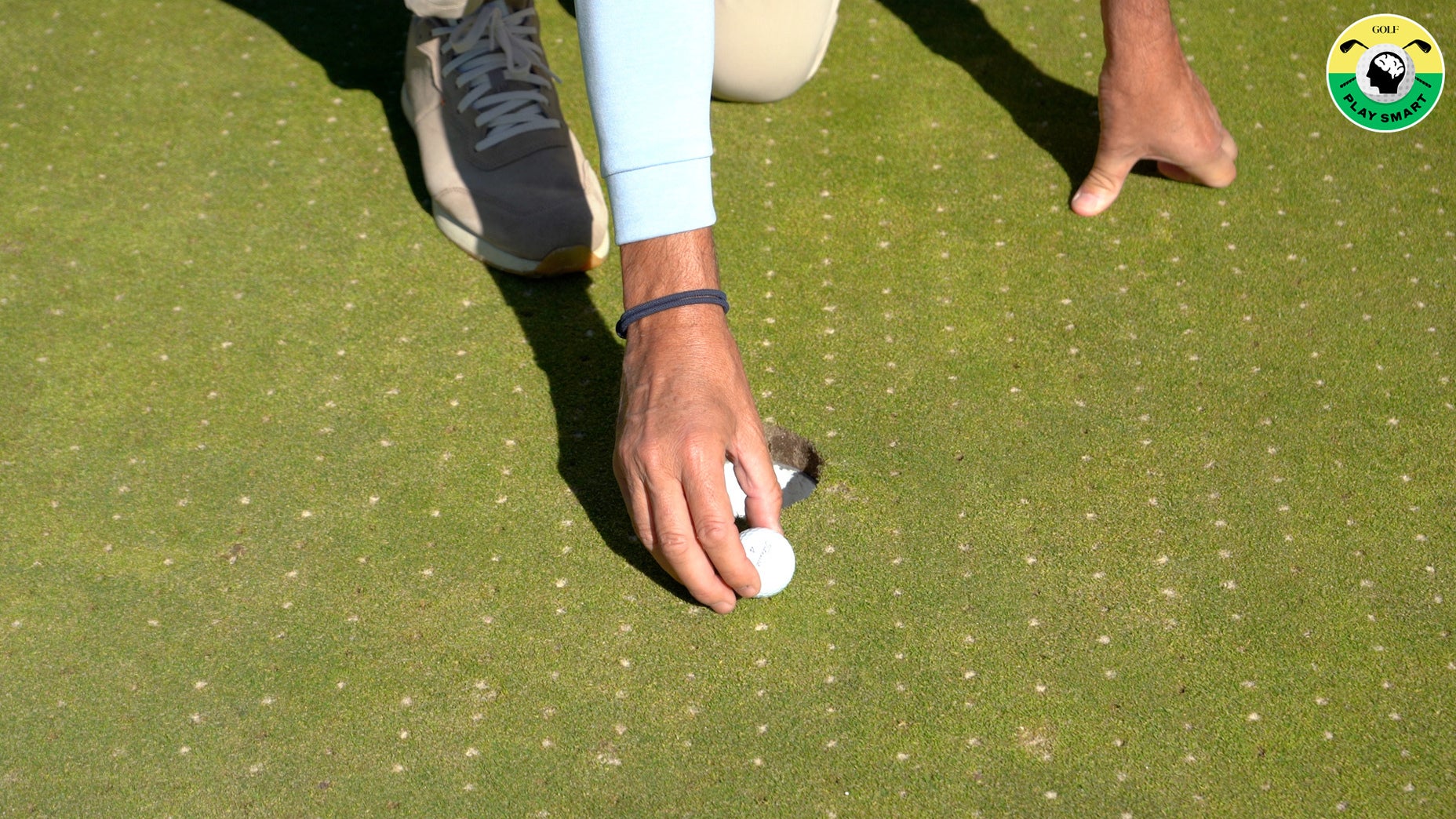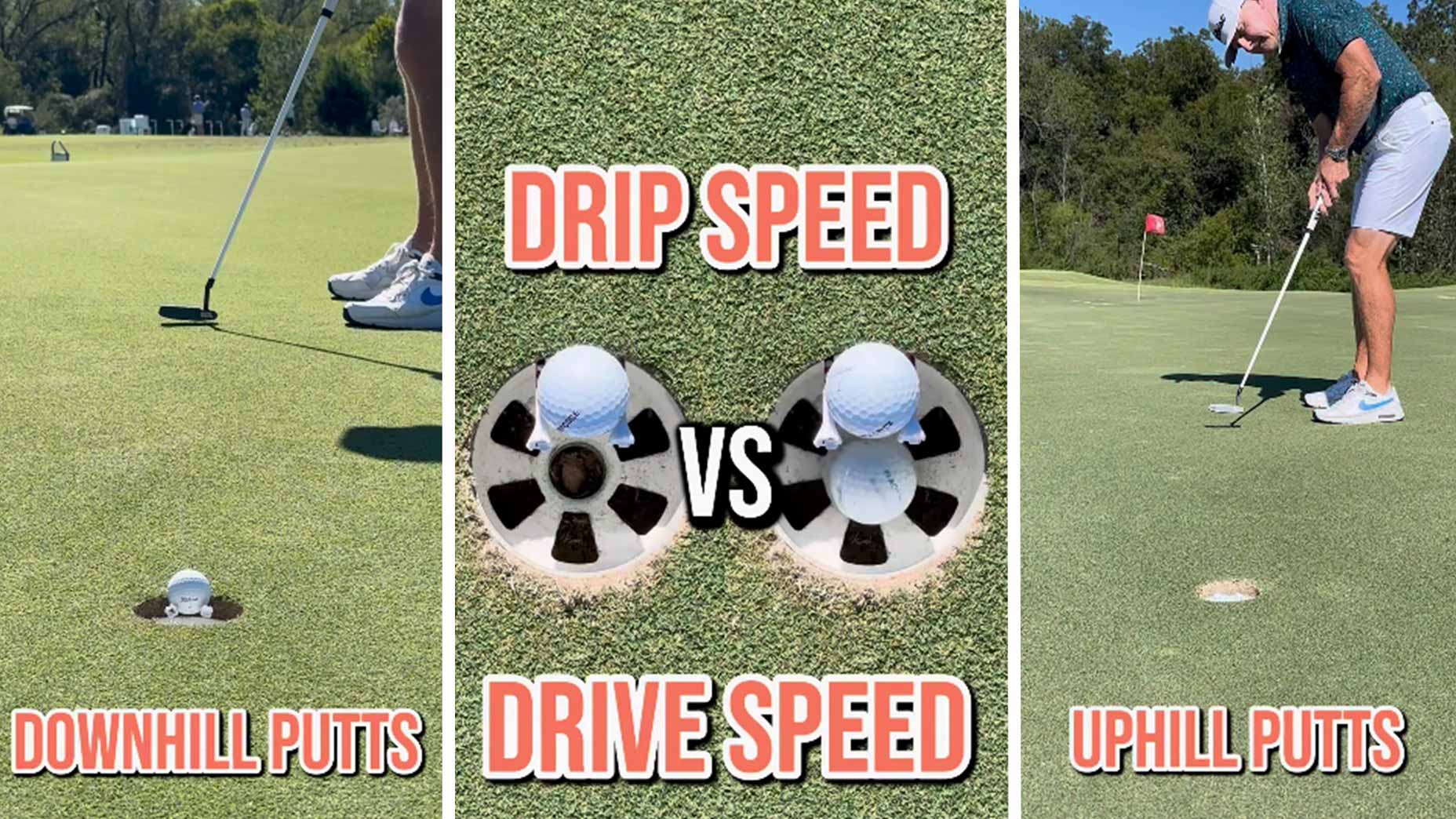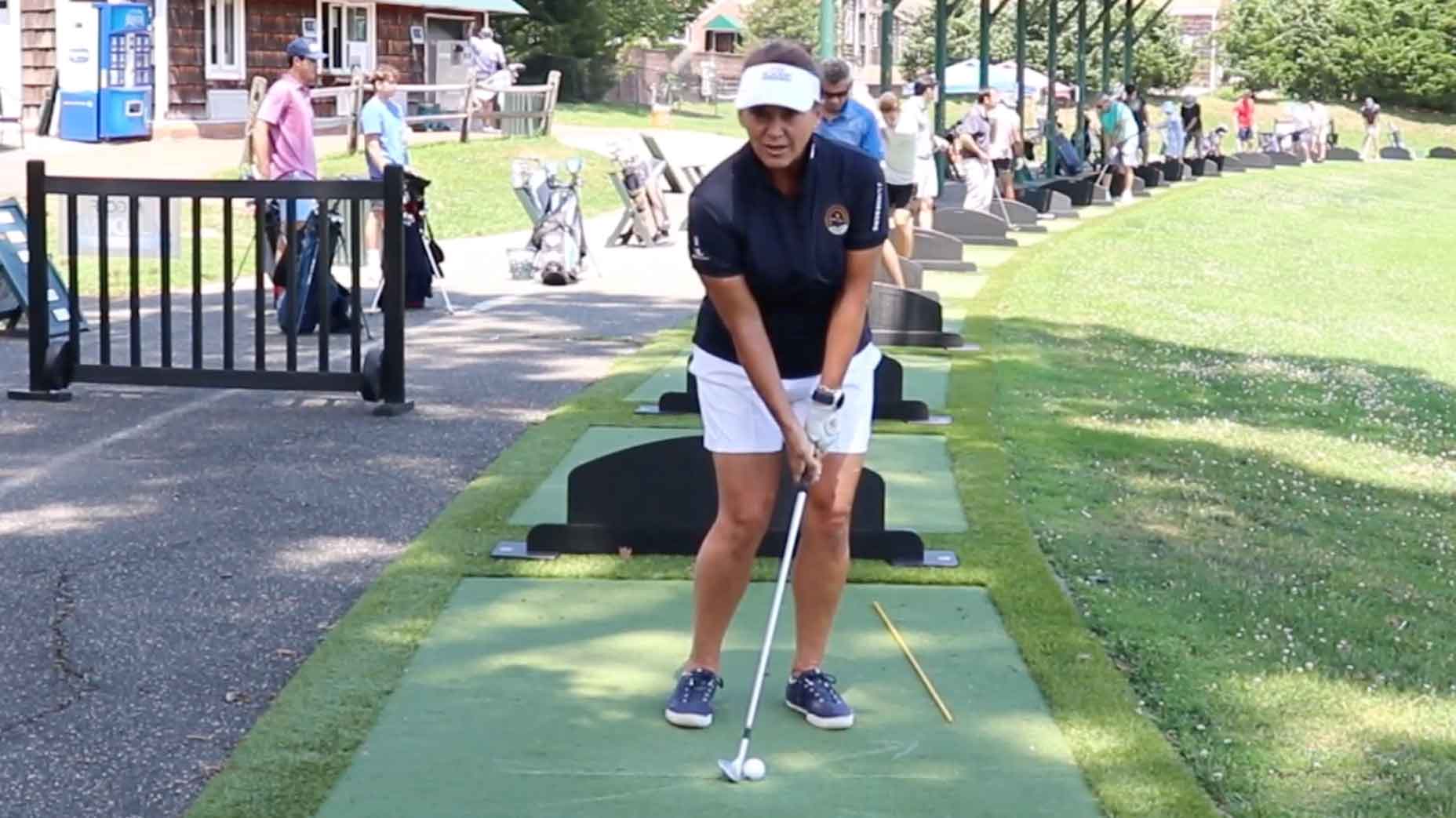Ever have those days where you’d rather face a 205-yard carry off a downslope and over water than a 5-foot putt?
I do.
Could be my shaky stroke, or inattention to detail or early-onset yips, but whatever the cause 5-footers to me increasingly have been feeling like 25-footers.
Which is why I jumped at the chance to get some short-putting advice from a two-time major winner.
Enter So Yeon Ryu, who has won six times on the LPGA, including the 2011 U.S. Women’s Open and 2017 ANA (now the Chevron Championship). You don’t ascend to those lofty heights without being deadly from short range, so when I recently convened with Ryu for the latest installment of Pros Teaching Joes, I was eager to glean whatever insights I could.
I can’t tell you Ryu’s make-rate from 5 feet — the LPGA doesn’t make that stat publicly available — but I’d be confident it’s in line with or better than the 2021-22 PGA Tour average of 82.49%. Why? Because she doesn’t take shorties for granted.
One of Ryu’s go-to drills, in fact, is not leaving the practice green until she drains 30 consecutive 5-footers.
“So when I have a big 5-footer,” she said. “I can tell myself, I’ve done this a thousand times. I’ve made 30 in a row. So, no matter, I can make it.”
Here’s how Ryu makes sure each of those putts drops (for much more, watch the video above):
1. Align your ball
Sound short putting begins before you draw back the putterhead. Ryu marks her ball with a red Sharpie line, which she points directly at the middle of the hole. (Ryu prefers red because her coach told her that color helps improve focus and visualization.) That line becomes a guide for the rest of her body alignment.

2. Align your body
When Ryu steps over a putt, she makes certain all of her moving parts are in line with the marking on her ball: her feet, knees, pelvis, core and shoulders. If everything is lined up, she’s in an excellent position to deliver the putterhead on an accurate line.
3. Rock back the putterhead on a straight line
Most golfers have the tendency to draw back the putter on an inside line, as you would with a full-swing shot. But for short putts, Ryu told me: Keep it simple. Pull back the putter on a straight line and keep your through-stroke on that same line. That simple motion will help with consistency.
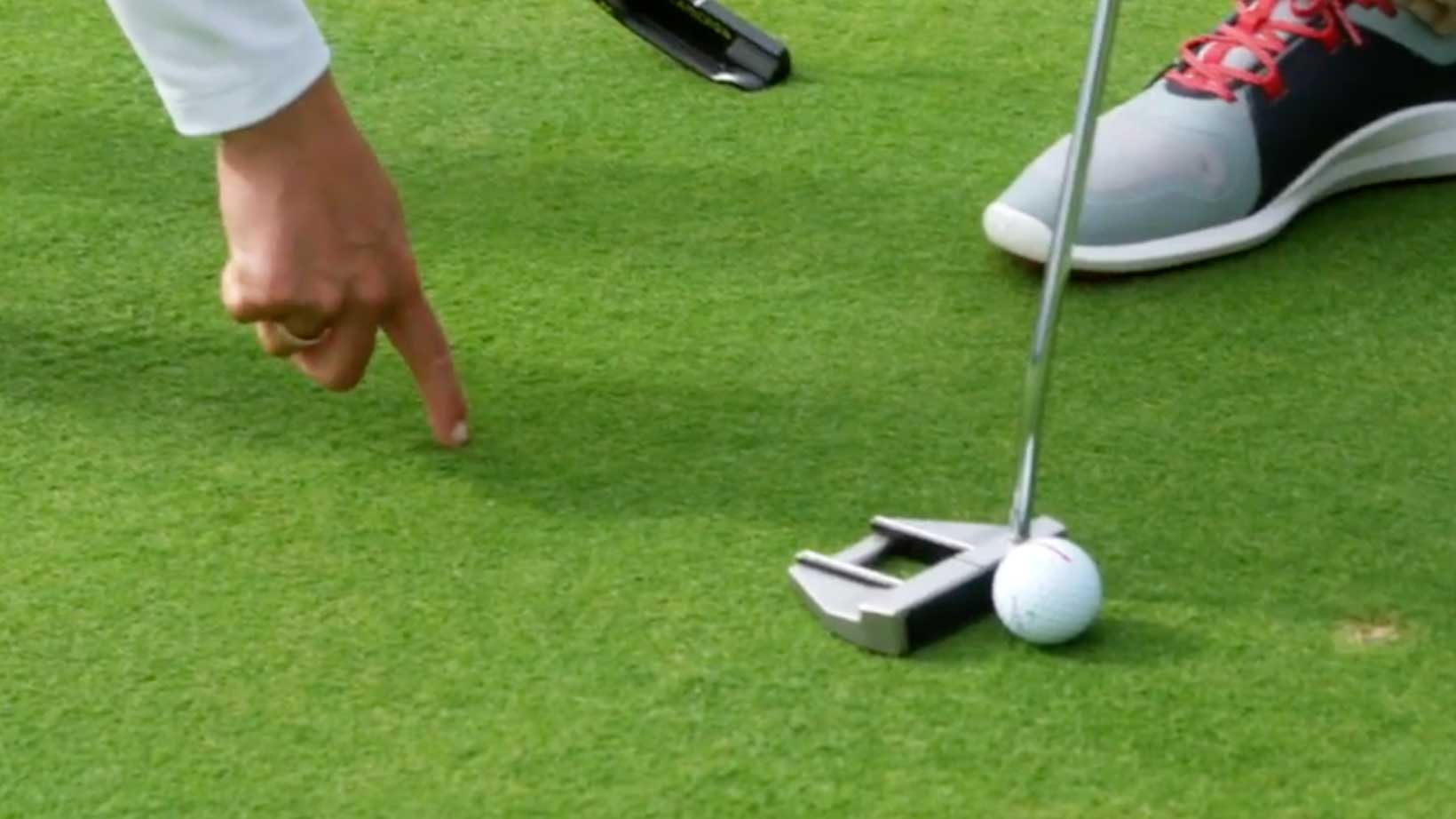
4. Commit, commit, commit
Committing to your stroke — both to the direction and speed — is paramount, Ryu said.
“The best thing about commitment is when you miss it, you know what was the problem,” she said. “If you don’t commit, you don’t know if it was a speed problem or a stroke problem. You can’t figure it out.” If speed tends to be your problem, you know you need to work on speed drills. If aim is your primary issue, that’s where your focus should be.
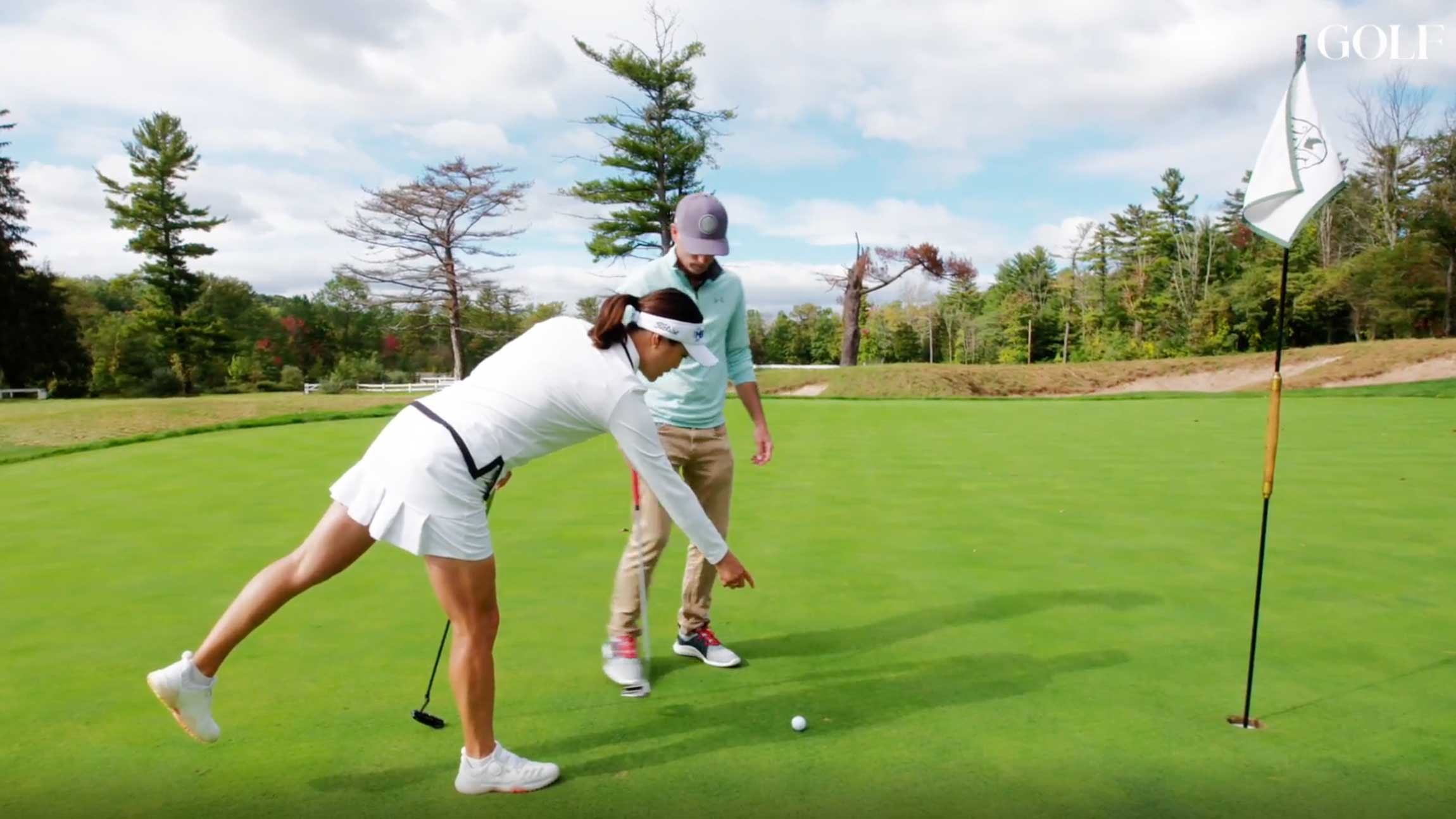
5. Vary your practice
There’s nothing wrong with practicing 5-footers with no break, but it’s also important to mix up your looks. Ryu starts with straight putts to ensure her alignment is solid. Then she’ll move to a 5-footers with left-to-right break, followed by ones with right-to-left break.
For the breaking putts, she works on other variations: hitting the putt firmly so it drops in the left or right edge of the hole, or with less pace so the ball dies into the hole. Not all 5-footers are created equal so the more variables you can practice, the more self-assured you’ll feel when faced with the real thing.
Short-distance putts are largely “about mindset,” Ryu said. “Confidence is key.”

